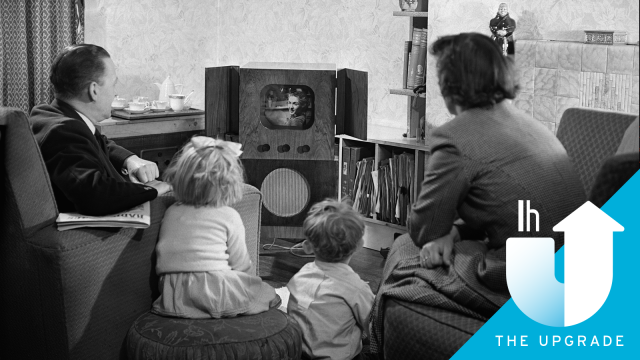Buying a HD TV specifically for sports is a bit of a hurdle. How big a screen do you need? Are response times more important than contrast ratio? Should the types of sports you like factor into the decision? And do you need to worry about newfangled 4K and HDR?
In the following guide, we will attempt to answer these questions and more – just in time for Super Bowl Sunday!
So the Super Bowl is this Monday, and whether you’re into American football or not, now is a great time to buy a new set. Prices are at one of their lowest points of the year, because retailers want to make room for the new year’s models that we saw earlier in January at the Consumer Electronics Show. Simply put, TV manufacturers are looking to eliminate as much stock of those old sets as possible. (You can read a roundup of last year’s best models here.)
HDR and 4K
Start by setting your budget – you can find great TVs at affordable prices, but if you are willing to spend a bit, the technologies you want to invest in are HDR and 4K. HDR is the future of television, and makes colours pop, movies glow, and even live broadcast TV look better – provided your source material supports HDR. You may see multiple HDR standards floating about, but there are only two to concern yourself with. Check out our guide for the lowdown.
Second, 4K is mature enough that you should buy it. It’s available in enough sets that you shouldn’t have a problem finding even a budget 4K set. (Indeed, JB Hi-Fi is currently selling a 65-inch monster for under $1000.)
Even if you don’t think you have 4K content, you probably do – from Netflix streaming to high-resolution YouTube. Even if you don’t, you will soon, and you won’t pay more for it than you would otherwise. In terms of sports broadcasting, 4K is still a long, long way off in Australia but it never hurts to be prepared.
TV Size
In terms of TV size, bigger is usually better for sports watching – especially if you regularly have mates over. Anything under 50 inches probably isn’t going to cut the mustard. With that said, the dimensions of your lounge room has an impact on the screen need – you can find some advice on choosing the right TV size here and here.
Contrast, response time an calibration
When it comes to sports, a TV’s response time is important – it can affect the amount of blur on fast movement during live broadcasts. It is measured in milliseconds (typically shown as “ms” in specification tables.) These days, most TVs provide a minimum of 8ms. The smaller the number, the better the response time. If you prefer slow paced sports like cricket and golf, the response time isn’t especially important. If you’re the type of person who notices ghosting images even when it’s really subtle, you might want to aim for 5ms.
Contrast ratio refers to the difference between the darkest and lightest images. A good contrast ratio produces darker blacks for purer and more realistic images. This isn’t particularly important for sports broadcasts. In any event, you can usually improve matters on cheap TVs with a little DIY calibration.
Set it up where you plan to view it, and then give it a good calibration – in the light where you’ll usually watch TV. Use one of your favourite movies to test it out, something with bright and rich colours, or deep dark blacks and bright whites to make sure you have everything perfect to your eyes. Read our in-depth guide here.
Smart TVs
Finally, you might want to consider smart TV functionality. This can be a very handy feature if you plan to watch sports other than free-to-air. Foxtel and numerous international sports networks now have streaming apps designed specifically for TVs. But is it crucial? Not really.
Most sports streams can be accessed on your TV via secondary devices including set top boxes, video game consoles, smartphones and laptops. Just because a TV is billed as “smart” doesn’t mean you have to connect it to the internet just for it to become part of a massive botnet. Use smart settings if you want, but make sure you get security updates when possible, and read the terms of service so you’re not letting the TV manufacturer see everything you watch or connect to your TV. When in doubt, unplug it from the internet and use the Chromecast you probably already have.
Did you purchase a TV mainly for watching sports? Share your model recommendations in the comments!

Comments